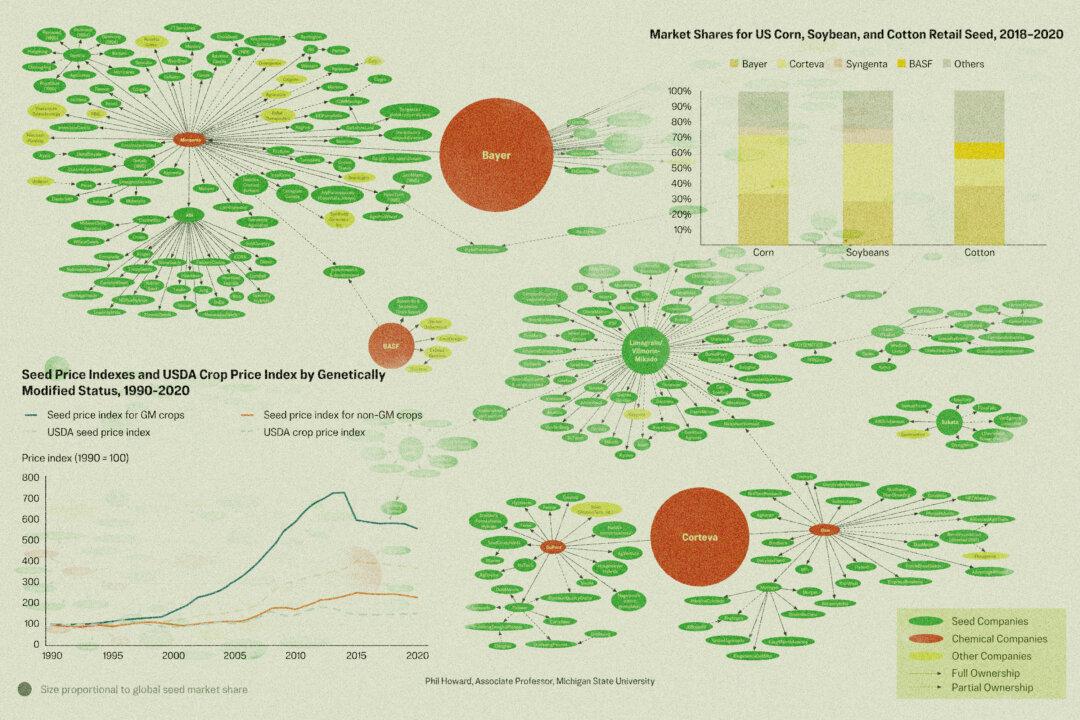U.S. Secretary of Agriculture Tom Vilsack highlighted climate-smart farming initiatives and expansion of the U.S. biofuels industry during a symposium on Feb. 23 as means for American farmers to “diversify” their incomes and boost profits.
The Department of Agriculture (USDA) is investing more than $3 billion into the projects mentioned by Vilsack. The agency claims that the initiatives will offer “direct, meaningful benefits” to farmers, particularly those in small and underserved communities.





